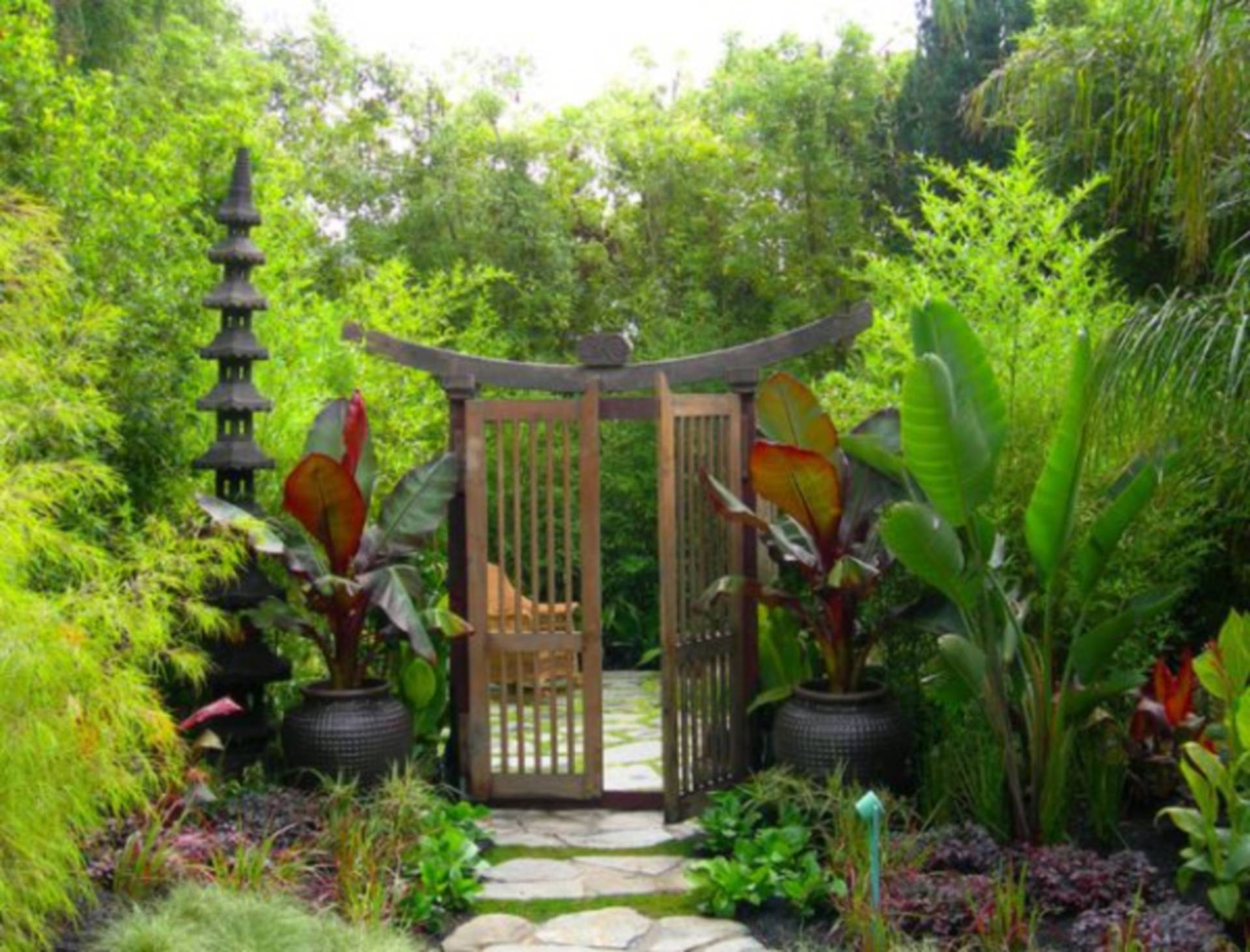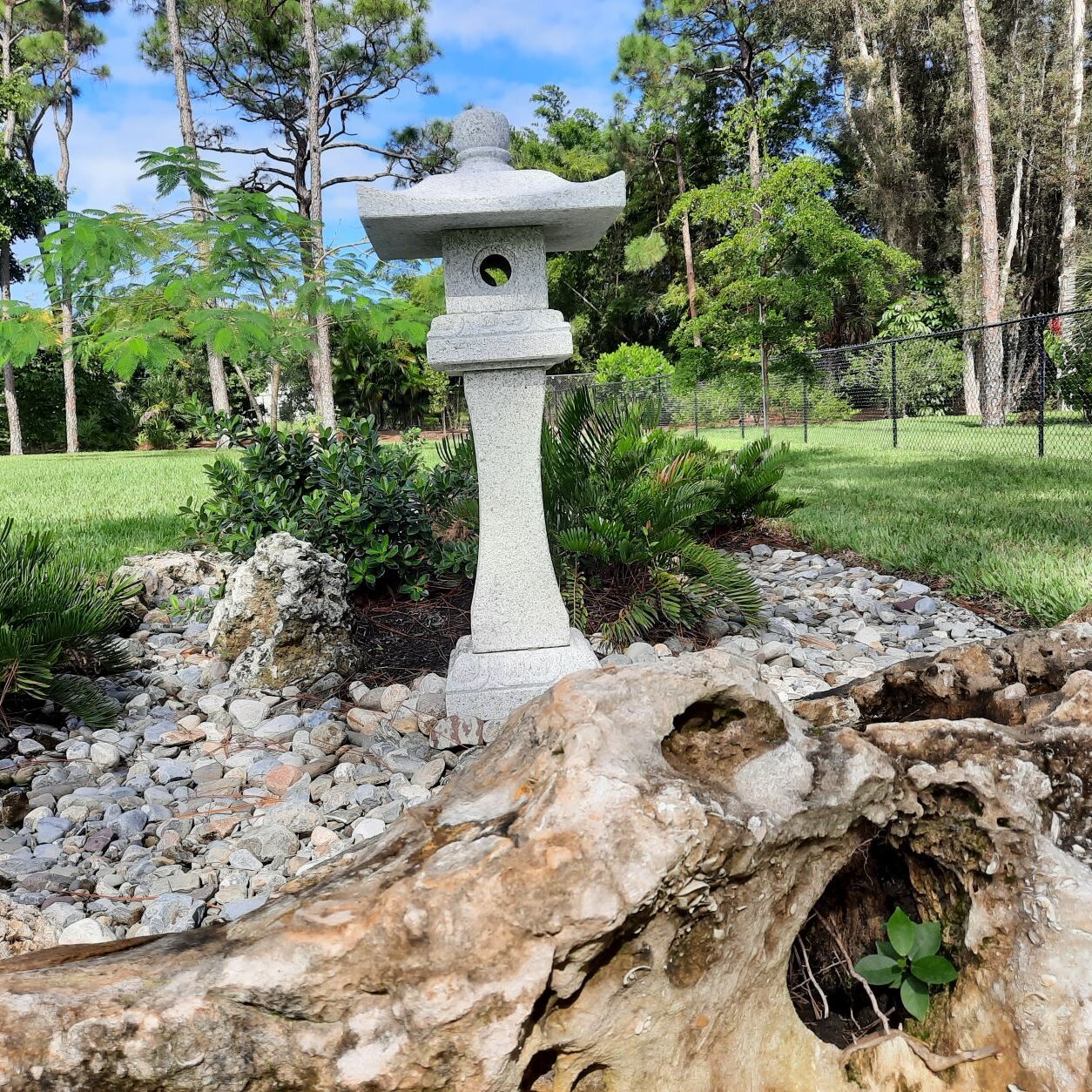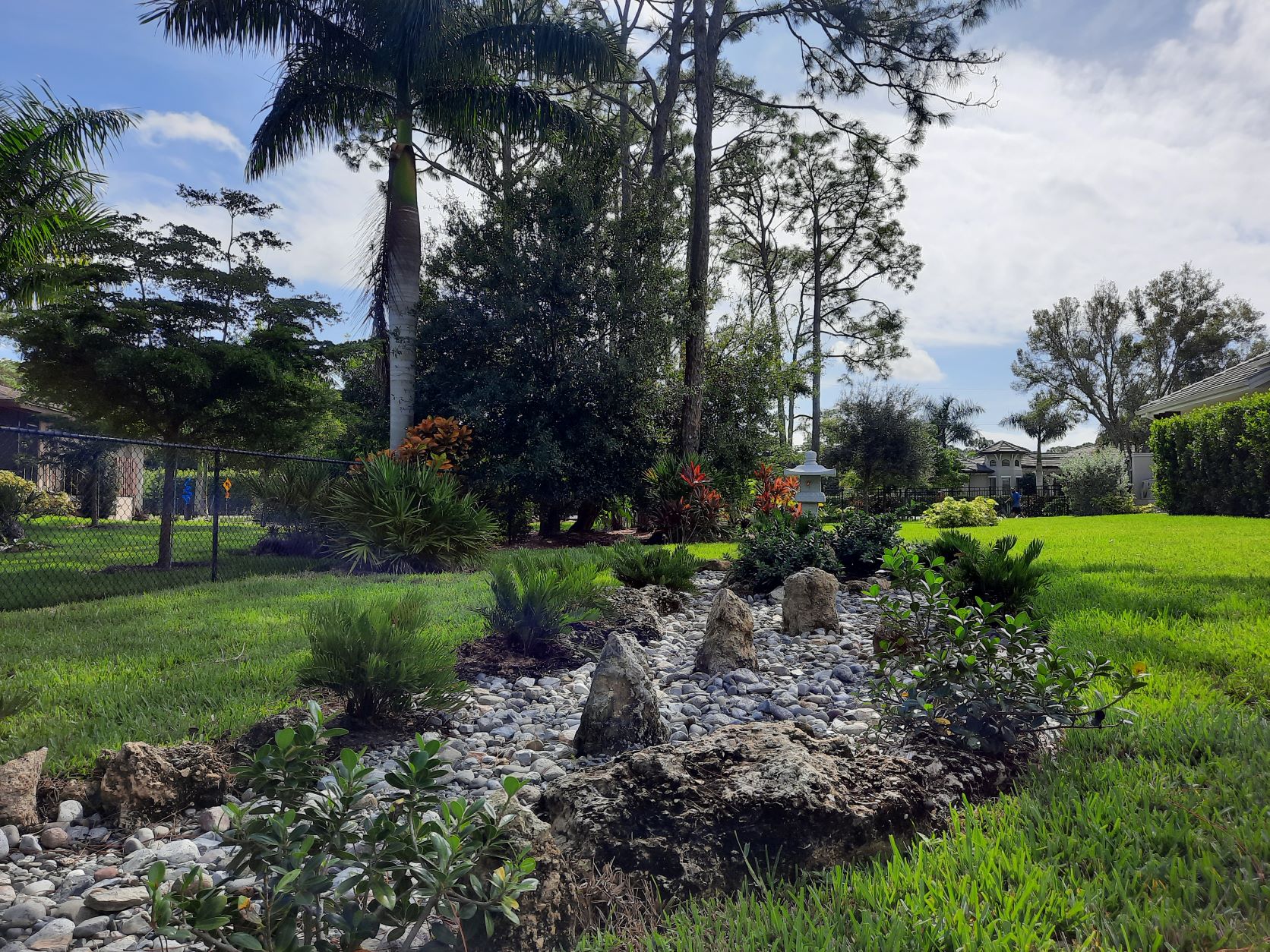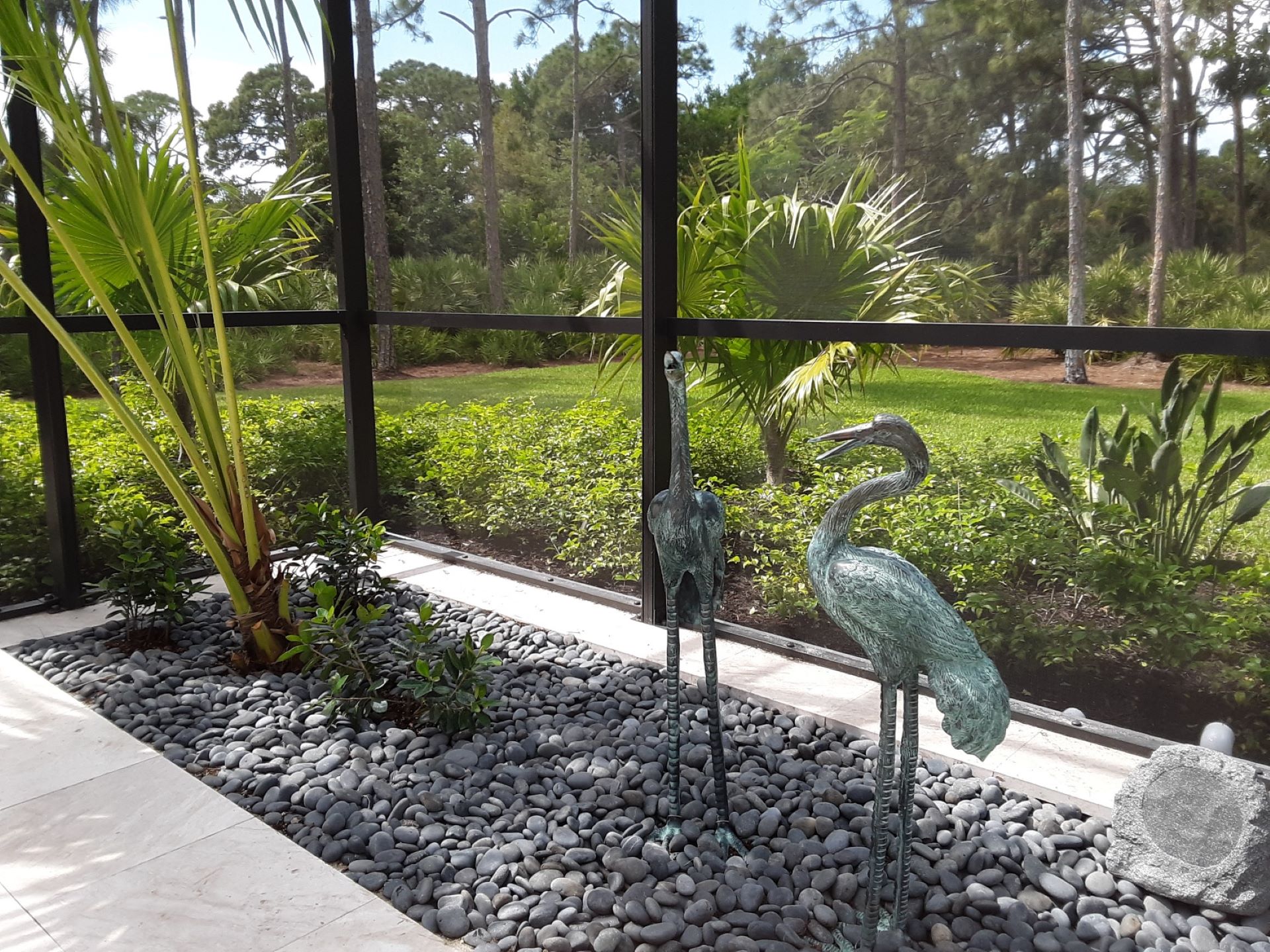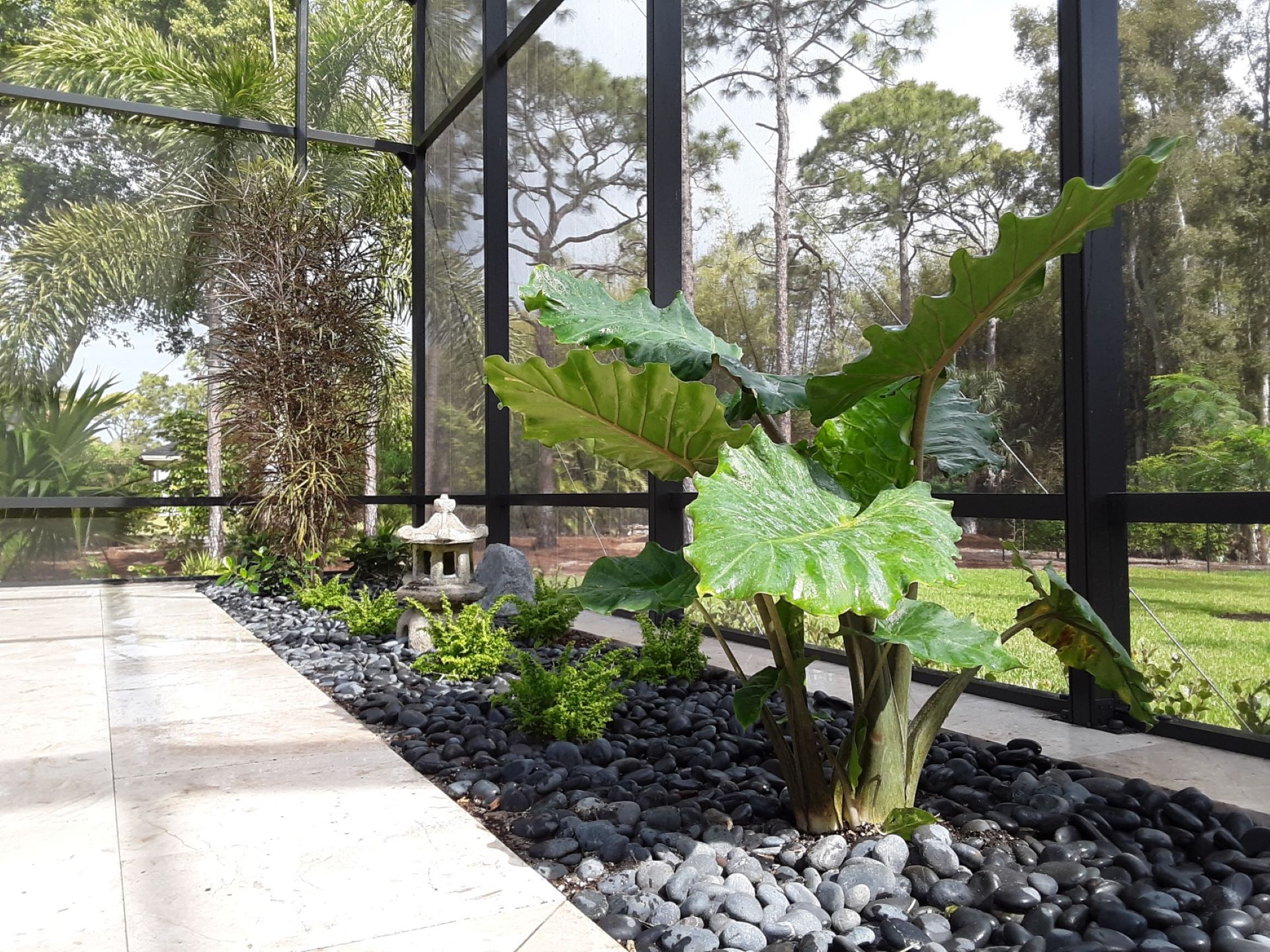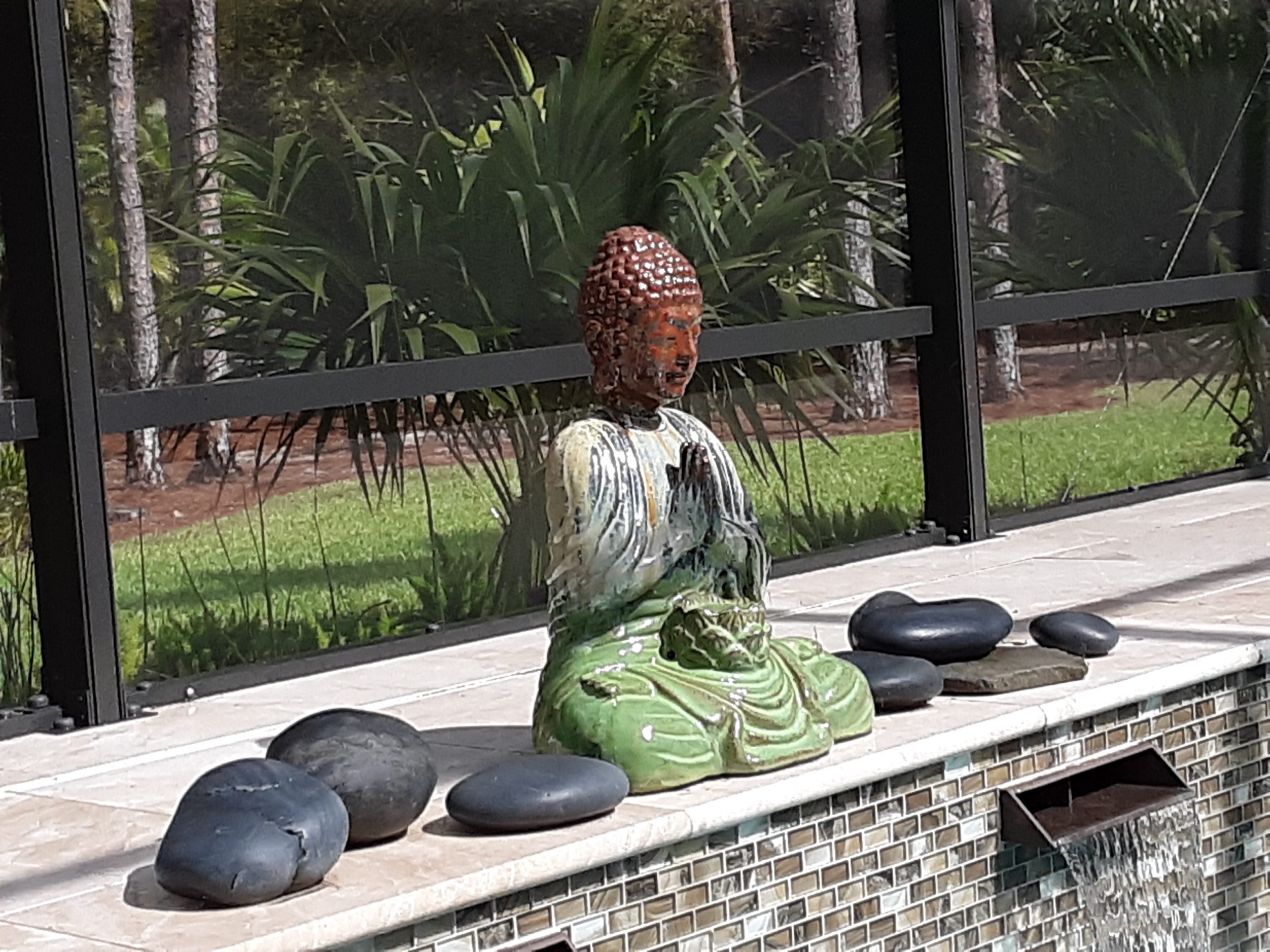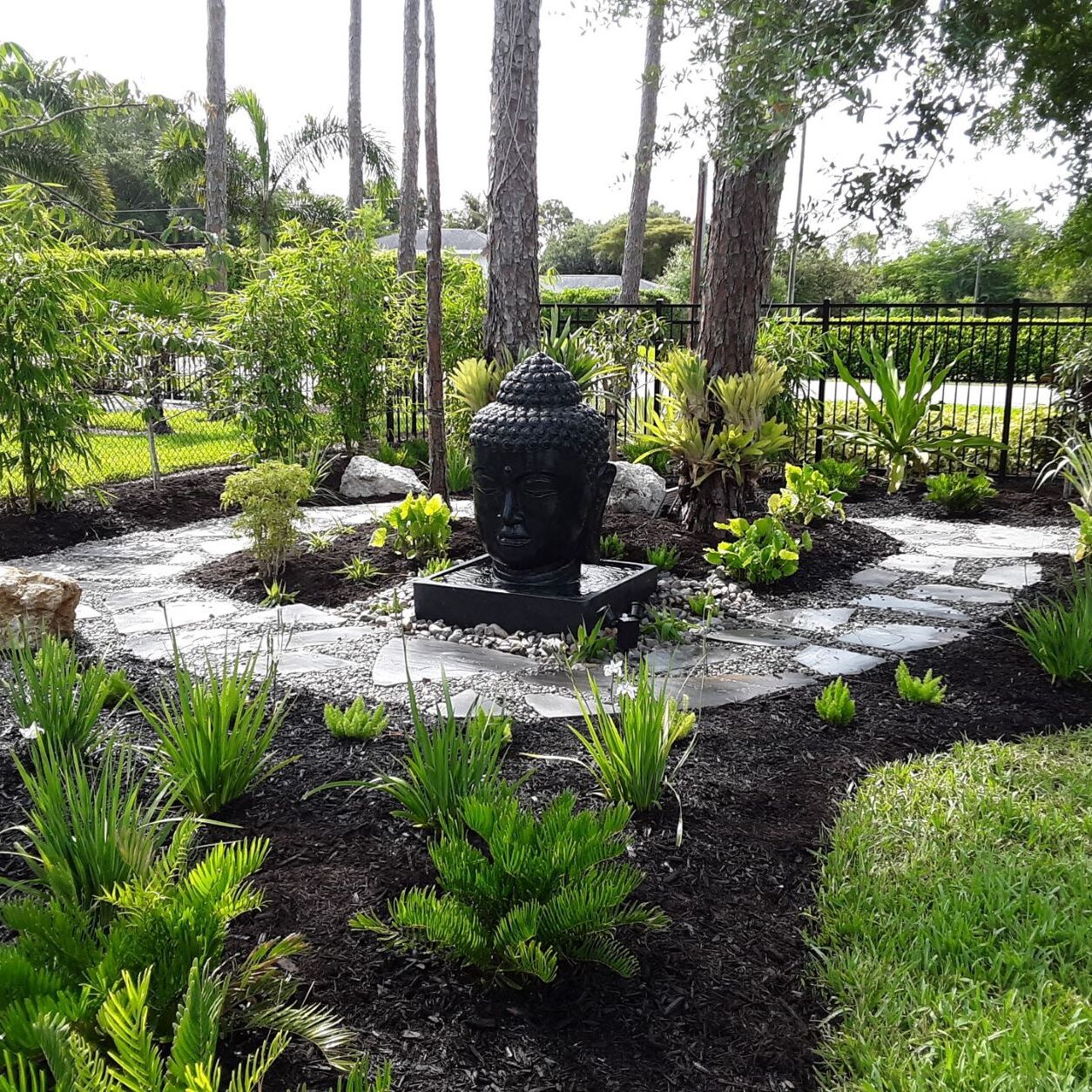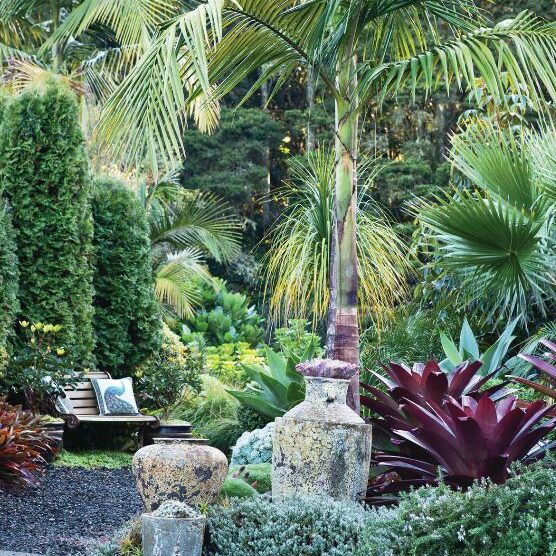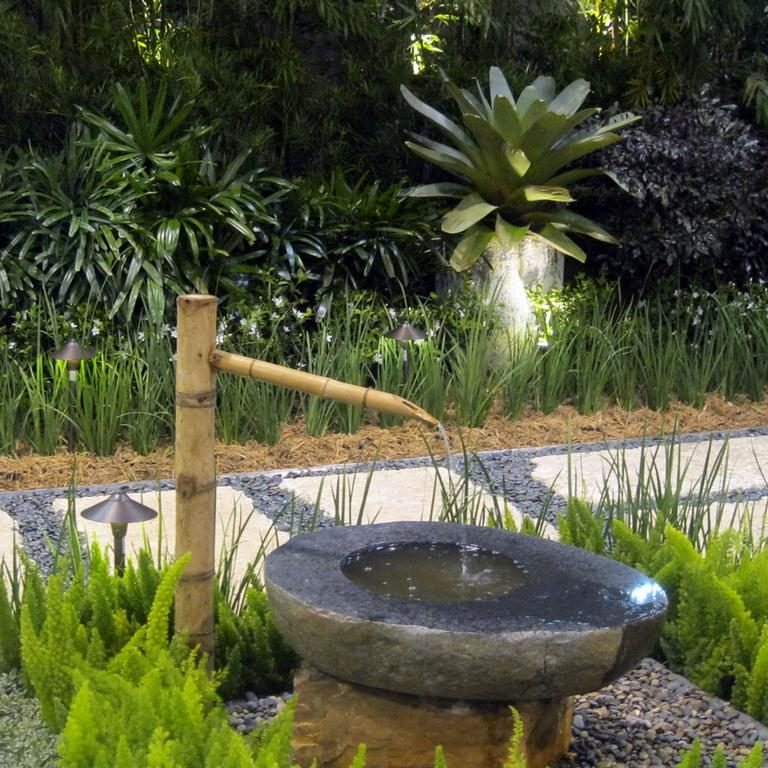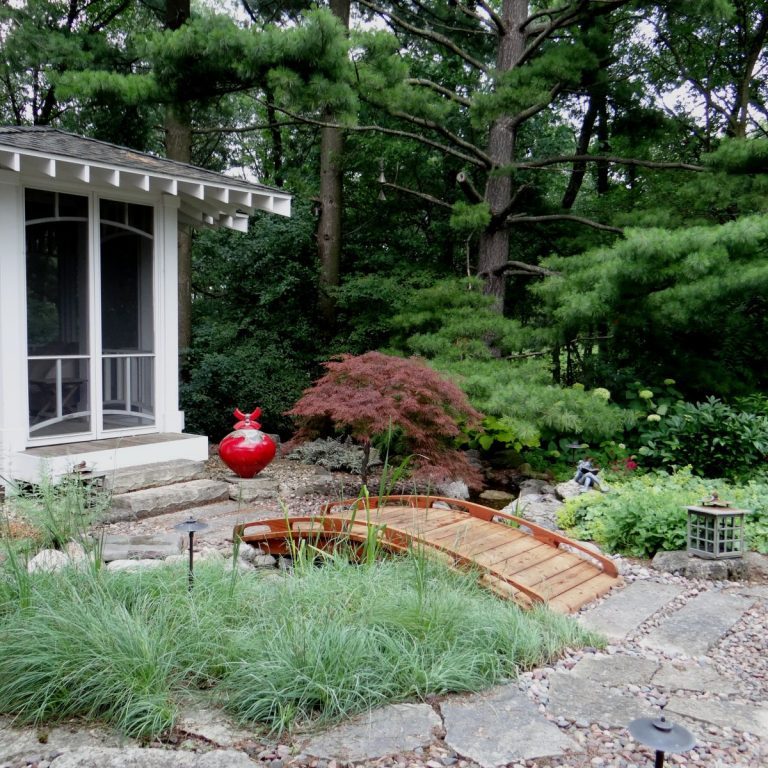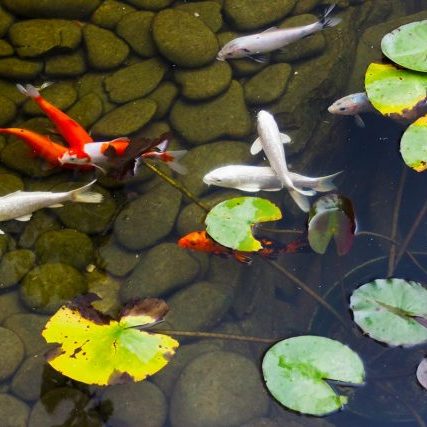Japanese Gardens
Japanese gardens are renowned for their transcendent beauty. The classical Zen garden, for example, is praised for its purity and meditative spirituality. Its transformative quality is by no means an accident; Japanese gardens are meticulously designed and carefully crafted down to every single element. Their distinct styles are in fact exceedingly varied and reveal a deep connection to Japan’s history and culture.
Dry Landscape Garden
The dry landscape garden (枯山水 Karesansui) is the best known type of Japanese garden type and is often called Zen garden. While monks do use them when practicing Zen, meditation more commonly takes place in groups in large rooms, often with no window.
Dry landscape gardens lack one elements that ties together all other styles of Japanese garden: the water. Water is instead replaced by gravel, giving the impression of a dry ocean or river.
Dry landscape gardens are famous for using only gravel and rocks, although in fact this is not quite true. In many dry gardens, plants play an important role.
Study Garden
This type of garden is one of the oldest in Japan, and is still common today. Unlike most other types, the study garden (書院造庭園Shoinzukuri Teien) isn’t designed for visitors to wander around, but rather to enjoy it from the study, like a painting. In all cases, the essential idea is a garden for the spirit, designed to be toured mentally with the eye rather than with the legs.
The most common layout for a Study garden begins with a pond nearest to the visitor, with the garden leading the view up an incline beyond. Bridges are often placed on one side of the pond while both stone settings and small shrubs are arranged in various locations on the garden slope. Some of the stonework you may see include lanterns, pagodas and statuary.
Strolling Garden
Most strolling gardens (回遊式庭園 Kayushiki Teien) were constructed during the Edo period (1603 – 1868) by daimyo (feudal lords) and are therefore sometimes known as daimyo gardens.
The gardens of the Edo period reflected the peace in the country: very soft shorelines, un-dramatic stone settings, and softly curved hills. These types of Japanese gardens often recreate scenes from history and myth, both from within Japan, but also from China. The design of these daimyo gardens reflected the wealth and intellectual prowess of the garden’s owner.
Courtyard Garden
Gardens within the walls of a residence or in a small, enclosed space beside them, are known as Courtyard Gardens or Tsuboniwa (坪庭).
This type of Japanese garden first appeared during the Heian era (794 – 1192). During these times women were often given a name that referred to a specific plant which grew in the tsuboniwa next to her quarter.
As houses grew bigger courtyard gardens also took on the function of regulating the temperature and airflow in the home during the long hot summers. Various water features were particularly effective for this, and are used in many types of Japanese garden.
Turn Your Poolside & Lanai into a Japanese Garden
Enjoy the beauty of live plants, stone & water.
Turn Your Poolside & Lanai into a Japanese Garden
Enjoy the beauty of live plants, stone & water.
Other Ideas

